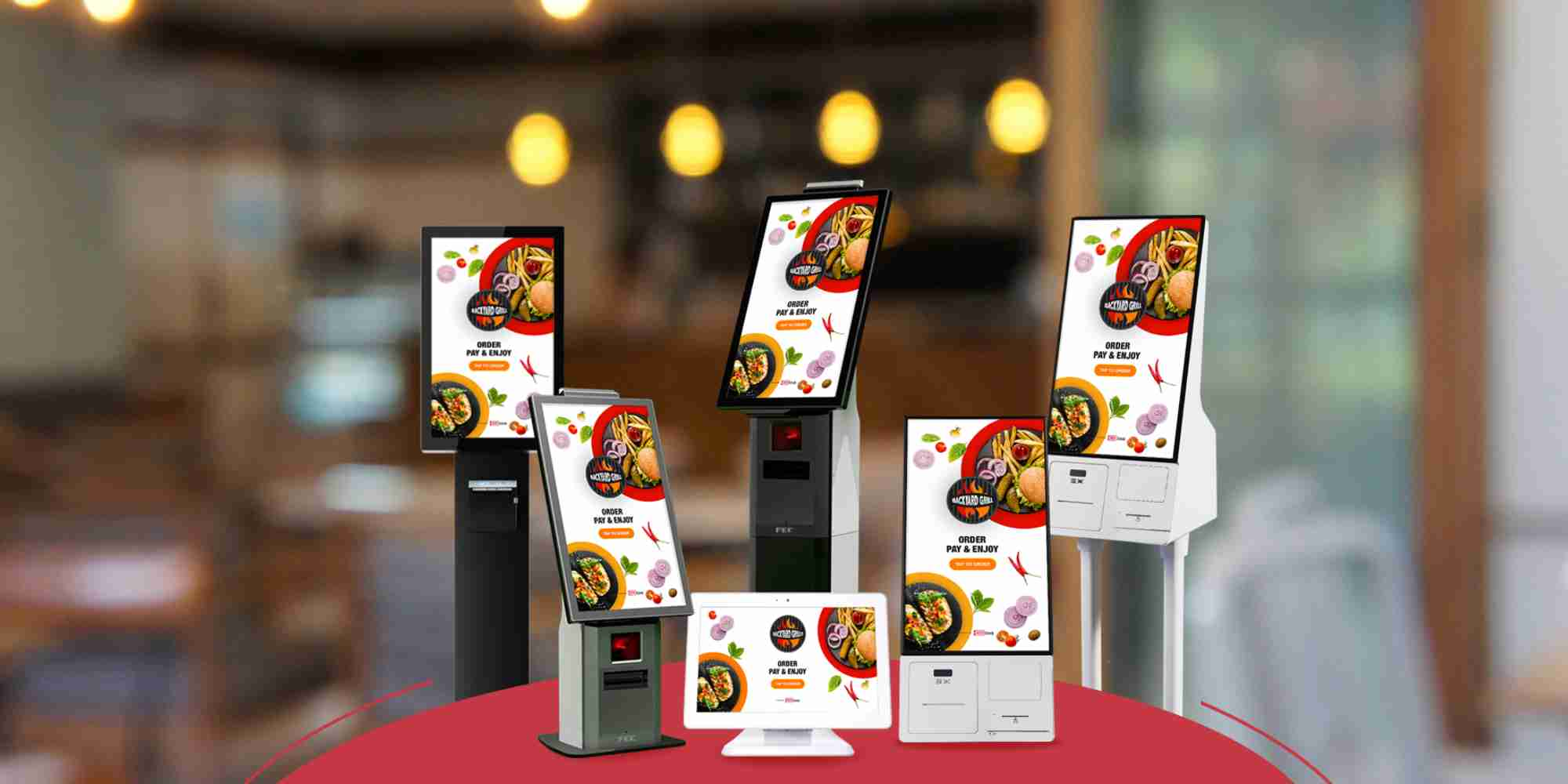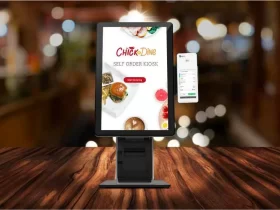In an era where technological advancements redefine the way businesses operate, the concept of self-ordering kiosks has become a buzzword in the restaurant industry. For restaurant owners, the decision to integrate self-ordering kiosks into their operations is not just about embracing modernity but about enhancing operational efficiency and customer experience. The question that often arises, however, is whether these self-service devices signify the replacement of human employees. The short answer is a resounding “NO.” This blog aims to demystify the notion that self-ordering kiosks will replace restaurant staff, highlighting instead how these technological tools complement and enhance the workforce, leading to better operational efficiency and a more dynamic dining experience.
Will Self-Ordering Kiosks Replace All Employees in the Future?
In the bustling world of the restaurant industry, the integration of technology such as self-ordering kiosks, POS systems, and self-service devices is often viewed with mixed emotions. On one hand, they represent innovation and efficiency; on the other, they spark fears of technology usurping human roles. However, the reality is far from a dystopian tech takeover. Instead, self-ordering kiosks are becoming a vital part of the restaurant ecosystem, enhancing the symbiosis between technology and human touch rather than replacing it.
Must Read: How Self-Ordering Kiosks Are Changing Fast Casual Dining
The Role of Self-Ordering Kiosks in Modern Restaurants
Self-ordering kiosks, or the best self-ordering kiosks in the industry, are not just about automation; they are about augmenting the restaurant experience. These kiosks, which are increasingly common in settings from fast food joints to upscale dining establishments, offer a streamlined ordering process. Customers are greeted with an intuitive interface, showcasing a digital menu that allows for easy customization of orders, resulting in a more personalized dining experience. This technology can lead to increased sales through effective upselling and cross-selling, a testament to the self-ordering kiosks ability to understand and suggest based on consumer behavior.
For restaurant owners, the appeal of kiosks extends beyond customer interaction. These self-service devices are also pivotal in optimizing operational efficiency. They can reduce wait times, minimize order inaccuracies, and allow for a smoother flow of service. The data collected through these kiosks provides invaluable insights into consumer preferences, helping restaurants tailor their offerings and improve overall service quality.
Complementing, Not Replacing, Human Interaction
While the benefits of self-ordering kiosks are clear, the notion that they will lead to the obsolescence of restaurant workers is a misconception. Rather than replacing employees, these kiosks redistribute the workload. Staff members are freed from repetitive order-taking tasks, enabling them to focus on more engaging and value-added activities such as customer service, food preparation, and quality control. This shift not only enhances the job satisfaction of restaurant workers but also elevates the customer experience, as employees can devote more time to ensuring guest satisfaction and personalizing the dining experience.
Furthermore, the human element remains irreplaceable in the hospitality industry. The warmth of a greeting, the attentive service, and the personal touch that comes from human interaction are aspects of dining that technology cannot replicate. Self-ordering kiosks complement these interactions by handling the transactional part of the service, allowing staff to concentrate on creating a memorable and hospitable environment for guests.
Must Read: How to do cross-selling and upselling with Self-Ordering Kiosks?
Operational Efficiency and the Future of Restaurants
Adopting self-ordering kiosks in restaurants is a strategic move towards greater operational efficiency. These systems streamline the ordering process, reduce the margin for error, and can lead to significant labor cost savings. However, they also require investment in the right technology and training to ensure that the kiosks integrate seamlessly into the existing restaurant ecosystem.
The future of restaurants with self-ordering kiosks looks promising. These systems are not just a trend but a component of a broader movement towards digitization in the restaurant industry. They represent a shift towards more sustainable, efficient, and customer-centric operations. As technology evolves, so too will the capabilities of these kiosks, offering more advanced features such as AI-driven recommendations, enhanced customer data analytics, and even integration with virtual reality experiences.
Embracing Change While Valuing People
For restaurant owners contemplating the adoption of self-ordering kiosks, it’s crucial to approach this technology as a complement to their workforce, not a replacement. Training employees to work alongside these kiosks, understanding their functionalities, and leveraging their benefits can lead to a harmonious balance between human and machine. This approach not only optimizes operational efficiency but also reinforces the value of human employees in the hospitality industry.
In conclusion, self-ordering kiosks are set to revolutionize the restaurant industry, not by replacing human employees but by enhancing the roles they play within it. These kiosks promise a future where technology and human service coexist harmoniously, each playing to their strengths to create a more efficient, enjoyable, and prosperous restaurant experience. For restaurant owners, embracing this technology means not just keeping up with the times but setting the stage for a future












Leave a Reply